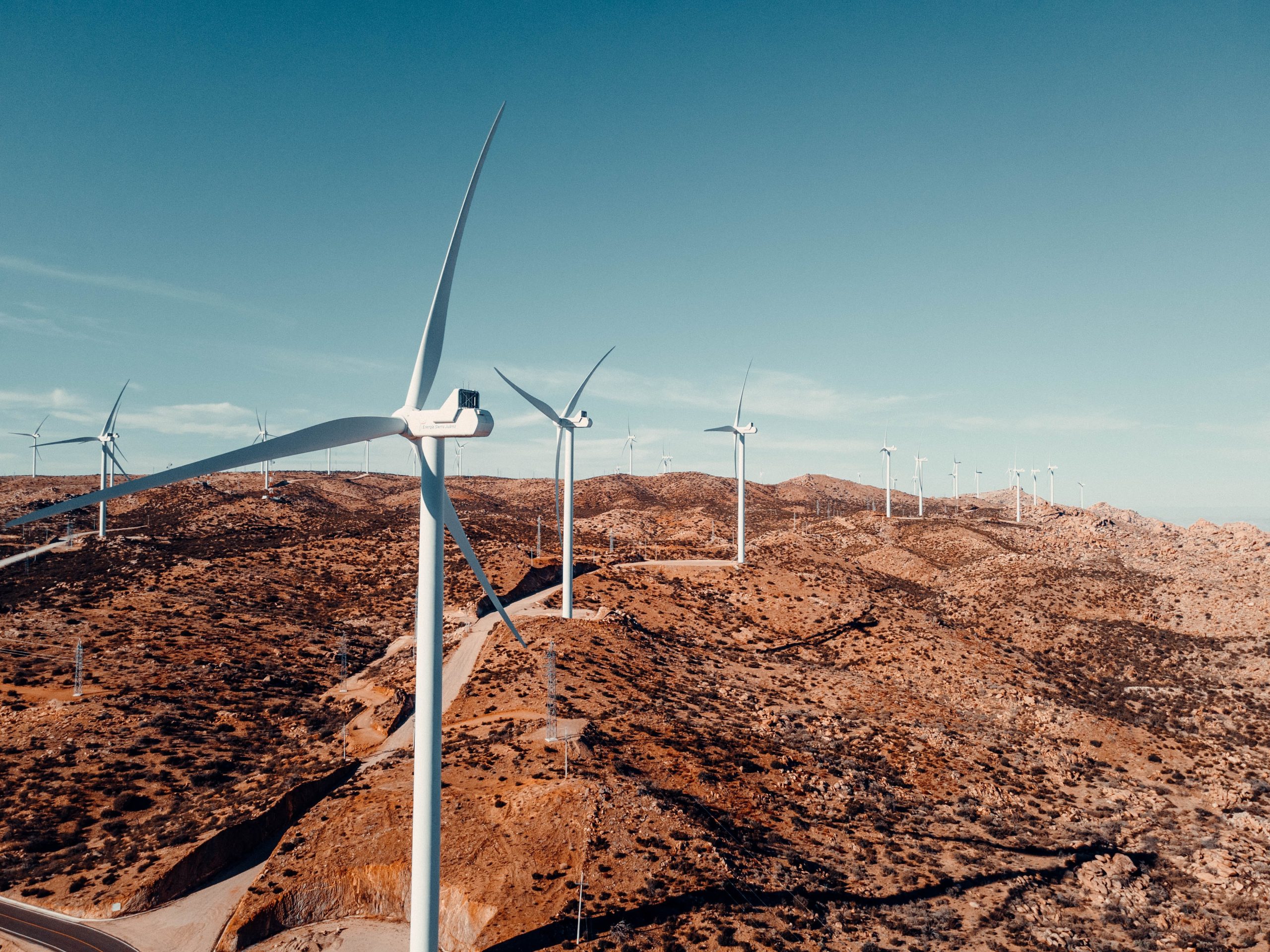Credit retirements in 2024: Credit retirements exceeded 2023 levels, reaching a new record, with around 190 million tonnes of credits retired (Source: Berkeley), with a carbon market’s value stabilizing at $1.4 billion (Source: BloombergNEF)
Voluntary Carbon Market, what 2024 brought us
2024: A Year of Milestones and Momentum in the Voluntary Carbon Market (VCM)

As we reflect on 2024, the Voluntary Carbon Market has demonstrated significant growth and resilience, playing a pivotal role in global climate action. This year highlighted the convergence of voluntary efforts with compliance frameworks, the scaling of innovative solutions, and the ongoing challenges posed by global emissions.
Here’s an in-depth look:
Context: Global Emissions and the Scale of the Challenge
- Global Greenhouse Gas Emissions: Total global emissions, encompassing fossil fuels, agriculture, forestry, and land-use changes, are estimated to have reached nearly 41.6 gigatonnes of CO₂ equivalent (GtCO₂e) in 2024, setting a new record (carbonbrief.org).
- Carbon Budget Pressure: To limit warming to 1.5°C, the remaining global carbon budget is approximately 250 GtCO₂, implying less than 7 years at current emission rates.
- Reduction Needs: Achieving net-zero by mid-century necessitates annual reductions of 25-30 GtCO₂e, coupled with the rapid scaling of carbon removal solutions.
Investment gaps in climate solutions
- Nature-Based Solutions: Additional funding of $10 billion annually is essential to scale high-quality nature-based projects, such as reforestation and mangrove restoration (Source: UNEP’s « State of Finance for Nature » 2021).
- Carbon Dioxide Removal (CDR): Investments in CDR technologies increased to $800 million in 2024, yet this is significantly below the required $200 billion per year by 2050 to effectively scale these solutions (Source: IEA’s « Net Zero by 2050 » roadmap)
An overview of the key themes from 2024
Verra’s market influence: Verra remains dominant in total credit retirements (around 60%), yet its influence is slowly waning as new standards and registries gain ground.
Shift toward quality credits: Non-anonymous buyers are increasingly favoring higher-quality credits, with a clear shift towards projects with lower risks and verifiable, durable outcomes (Source: Sylvera). ARR related credits retirements more than doubled since 2020 and Mangroves related retirements increased by more than 10 times in the same period.
Durable CDR market: The durable carbon dioxide removals (CDR) market remains dominated by a small number of buyers, who are willing to pay a premium for credits with verified long-term impact. Microsoft representing to date 60% of the volumes bought (8MtCO2eq over 13MtCO2eq – Source : CDR.fyi)
Key implications for buyers and investors in the VCM
Price vs. quality tradeoff: Companies must navigate the delicate balance between price and quality. Decisions about the right types of credits will need to align with company goals, risk tolerance, and the desired impact.
Pre-purchase and offtake agreements: To secure high-quality credits, many companies are turning to pre-purchase or offtake agreements with projects that are yet to issue credits. This strategy offers more certainty and access to sought-after credits.
Due diligence challenges: Market fragmentation and price dispersion will complicate procurement efforts. Buyers will need to invest more time and resources in ensuring the integrity and long-term viability of the credits they acquire or rely on recognized and experienced actors to help them.
Rising regulatory standards: As regulations around carbon credits evolve, especially on the claim side (in EU : the Green Claims Directive, Empowering Consumers for the Green Transition Directive) companies must stay ahead of new rules to ensure their credits meet compliance and reputational standards. This trend will influence market demand and the composition of future projects.
Looking ahead
- Premiums for co-benefits: Carbon units offering additional benefits, such as biodiversity conservation and community development, are expected to command premiums of 20–50% above standard credit prices, reflecting their enhanced value to buyers.
- Long-term price increases: By 2030, high-quality credits could exceed $60 per tonne, with average credit prices projected to stabilize within the $20–$40 per tonne range, driven by growing demand and stricter quality standards.
- Integration with compliance markets: As voluntary markets increasingly intersect with compliance systems through frameworks like Article 6 of the Paris Agreement, CORSIA, ETS (EU, UK, …), Carbon Tax (Singapore, South Africa, …) the pricing of voluntary credits may align more closely with compliance market benchmarks.
These projections underscore the VCM’s potential to complement compliance markets, drive innovation, and channel investments into meaningful climate solutions.
Conclusion: A market in transition
As 2024 came to a close, there were mixed sentiments amongst market participants in the voluntary carbon market. However, the year has been marked by positive developments that improved the integrity of the market and brought greater clarity for international carbon markets after COP29. Announcements from governments and regulatory bodies signal a maturing market, with great progress on the Article 6 discussions.
Have a look at our Report on it 👇
The VCM is going through a gradual but significant transition. As standards and regulations tighten, the focus on quality will only grow stronger, creating more opportunities for high-integrity projects. But navigating this evolving landscape will require adaptability, strong partnerships, and careful strategic planning.
Article written by :

Geoffrey Labaume
Head of Offset Partnership